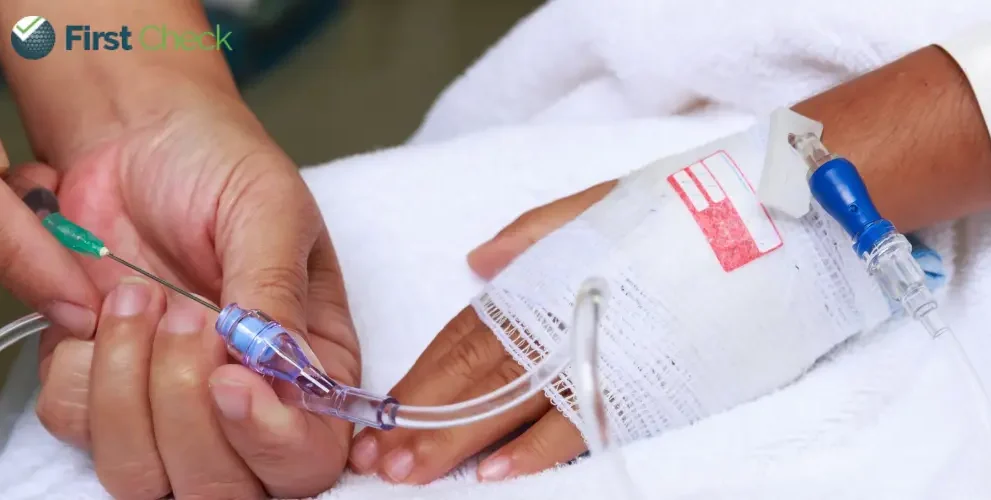Infections associated with health care delivery represent a preventable tragedy: WHO
Author
Author
- admin / 1 year

- 0
- 2 min read

Author
Publishes the first global guidelines to prevent the occurrence of bloodstream infections and other infections associated with the use of intravascular catheters.
Earlier this month, the World Health Organization (WHO) published the first global guidelines to prevent the occurrence of bloodstream infections and other infections associated with the use of intravascular catheters.
Up to 70 per cent of all inpatients require the use of a catheter inserted into a peripheral vein or artery, at some point during their hospital stay. People who receive treatments through catheters often are particularly vulnerable to infections, as they might be seriously ill or have low immunity.
Poor practices in the insertion, maintenance, and removal of catheters carry a high risk of introducing germs directly to the bloodstream, which can lead to serious conditions such as sepsis, and difficult-to-treat complications in major organs like the brain and kidneys. Soft tissue infections at the insertion site of the catheter can also occur.
According to WHO estimates, between 2000–2018, average mortality among patients affected by health care-associated sepsis was 24.4 per cent, increasing to 52.3 per cent among patients treated in intensive care units.
Many bloodstream infections are caused by antibiotic resistant bacterial infections. It is estimated that bacterial antimicrobial resistance (AMR) was directly responsible for at least 1.27 million deaths and contributed to an additional 4.95 million deaths in 2019.
“Infections associated with health care delivery represent a preventable tragedy and a serious threat to the quality and safety of health care,” notes Dr Bruce Aylward, WHO Assistant Director-General for Universal Health Coverage, Life Course. “Implementing clean care and infection prevention and control recommendations is critical to saving lives and alleviating a great deal of avoidable suffering experienced by people around the world,” he adds.
The latest WHO guidelines include 14 good practice statements and 23 recommendations on key areas, including education and training of health workers, techniques of asepsis and hand hygiene practices, insertion, maintenance, access, removal of catheters, and catheter selection.
WHO recommends that clinicians should regularly be assessed for their knowledge and adherence to guidelines related to appropriately managing intravascular catheters in adults, adolescents, children and neonates.
Read More : AI can perpetuate harmful, debunked, racist ideas in healthcare: Study









